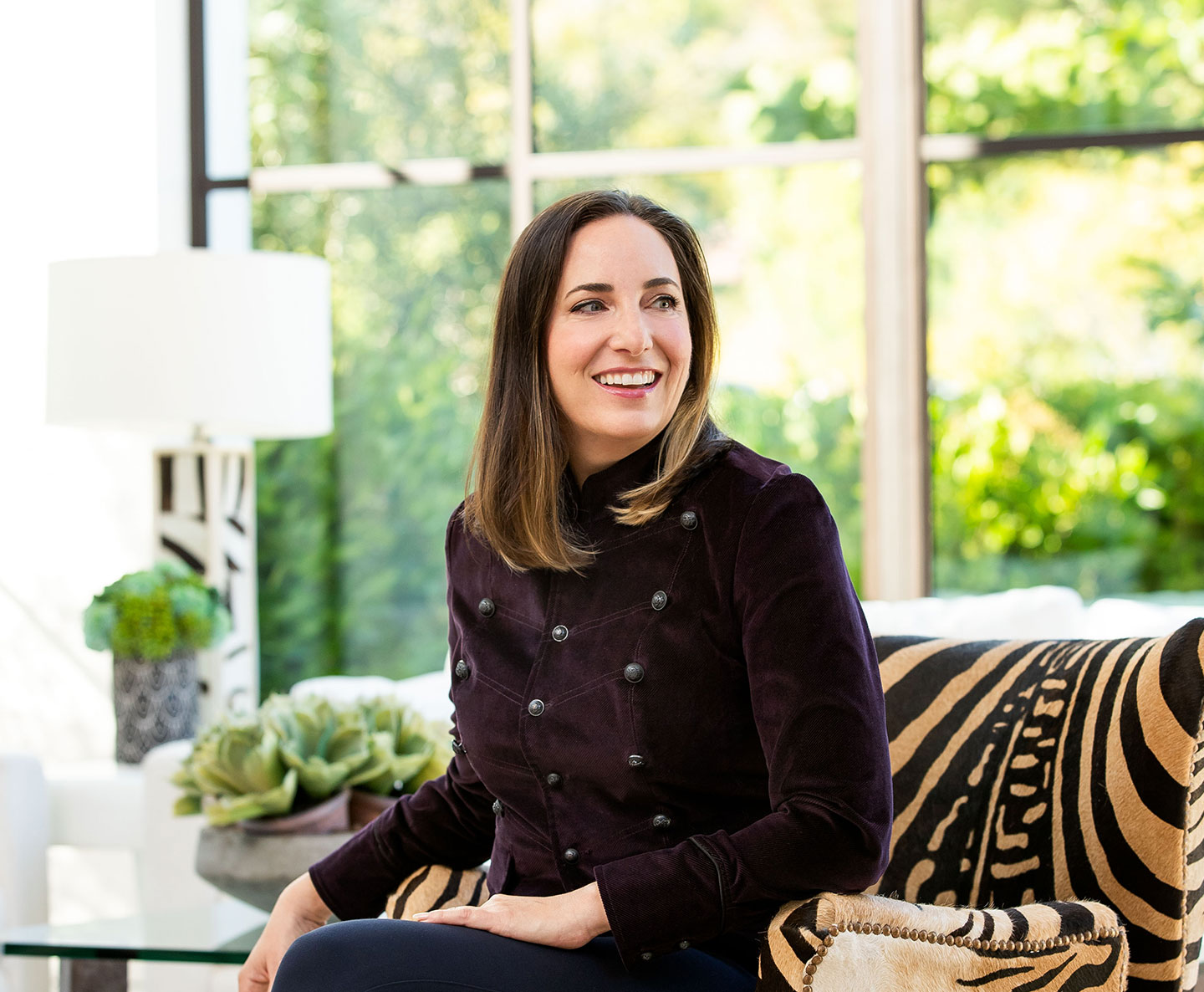
Brand building starts from day one. No matter what the sector, the startups who effectively tell their story are the ones who can recruit the top talent, acquire long-term customers, and build brands that endure.
Stories from the edge of tomorrow
I started my career in tech communications and have been on the leading edge of many seismic shifts, including streaming media, social networks, and now AI. I was excited to join Greylock because of the firm’s long history of partnership with founders who have brought about transformational impact in their sectors. Our focus on seed and early-stage companies means that we’re always at the edge of tomorrow, investing in the founders changing the way we live, work, and play.
I’ve been with Greylock for more than a decade now, and in that time, I have partnered with more than 100 early stage and seed founders to help them shape their company’s communications and marketing strategies. No matter what the sector, I have found that the organizations who effectively and consistently tell their story across multiple channels are the ones who can recruit the top talent, acquire long-term customers, and build brands that endure.
Brand guidelines
The term “brand” is often misunderstood in business. Many attach it to their company’s aesthetic, like logos, fonts, colors, and website design. But brand means so much more. A brand is a belief system. It’s the story of who the company is and why it exists. The world of startups is always noisy. Brands that get attention are the ones that have courage and a strong point of view. A company that’s not willing to say, “This is who we are, this is why we exist, and this is why we do the things we do,” will get ignored.
Before Greylock, I was on the executive team at Hulu and worked closely with the founding CEO, Jason Kilar. One of the reasons I joined was because of a document called “What Defines Hulu” penned by the founding team even before the first line of code was written for the service. It was a clear articulation of Hulu’s raison d’etre, its dedication to quality and customers, its bet on exceptional talent, and more. It became a North Star for the people who later joined Hulu. We referred back to it in meetings and at team lunches; it was a canon for how we should all behave. It was the DNA of the entire brand.
Community first
Companies aren’t the sole owners of their brands; the community that forms around their company also plays a significant role in shaping the narrative and building the brand’s identity. The companies that actively engage their communities build the strongest brands.
Two organizations that have done this exceptionally well are TED and Figma. I was the first TEDx organizer when I co-produced TEDxUSC in 2009. More than 3,000 are now held annually all over the world. TEDx enabled the community to contribute to the brand promise and extend the impact of TED’s mission. Figma has also set something of a gold standard for community building. By allowing users to publish files, plugins, and widgets, Figma’s customers have become brand ambassadors and actively contribute to its mission of empowering teams to design together.






